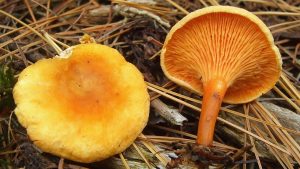#011: Characteristics of Fungi
What is a fungus? That question has been answered many ways over the years, reflecting an evolving understanding of this strange group of organisms. Initially, fungi were classified as a class in kingdom Plantae. As our understanding of the chemistry, life history, and evolution of fungi improved, Fungi was elevated to the rank of kingdom. Kingdom Fungi is placed in domain Eukarya and belongs to the major clade Opisthokonta. Opisthokonta also includes the kingdom Animalia, which makes animals close relatives of the fungi. But going beyond taxonomic definitions, what makes a fungus a fungus? It’s hard to answer that question because the fungal kingdom is very diverse and there are many similar organisms in other kingdoms. As a simple answer, Fungi are heterotrophic filamentous (or unicellular) eukaryotes with a chitin cell wall that reproduce by spores and digest their food externally.

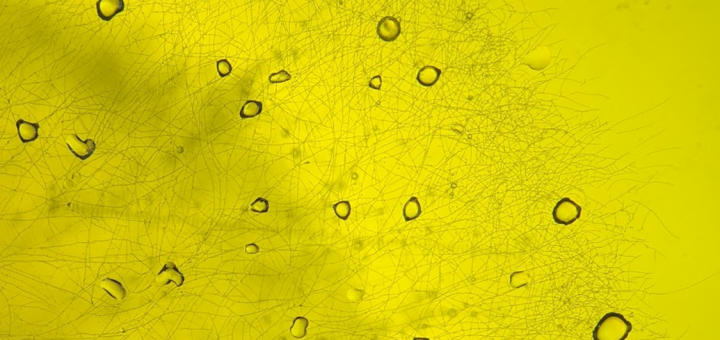
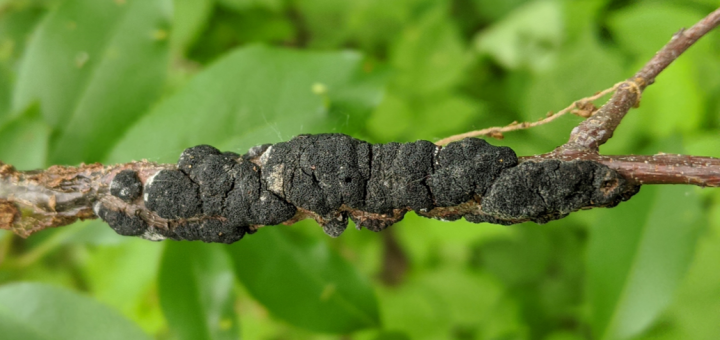
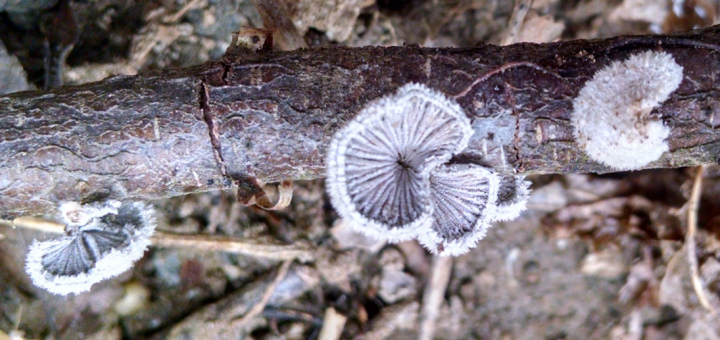
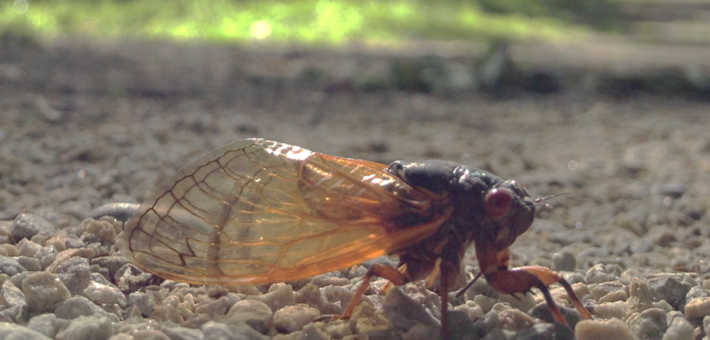
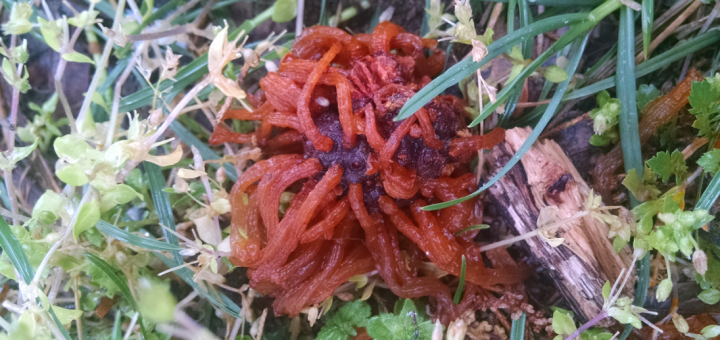
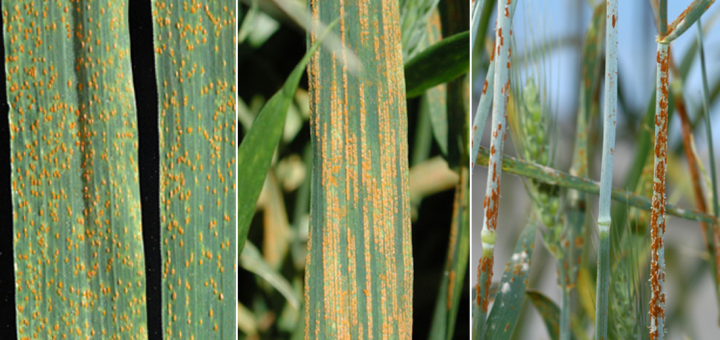
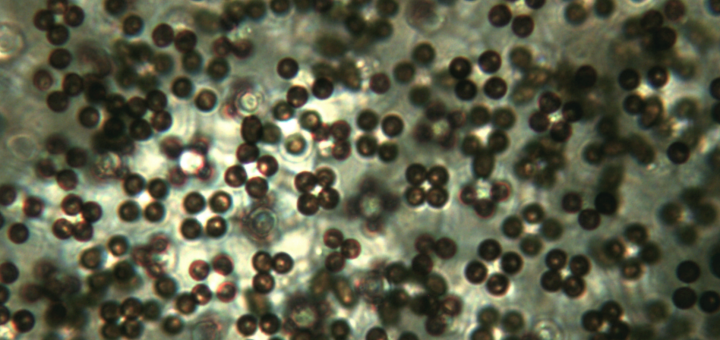
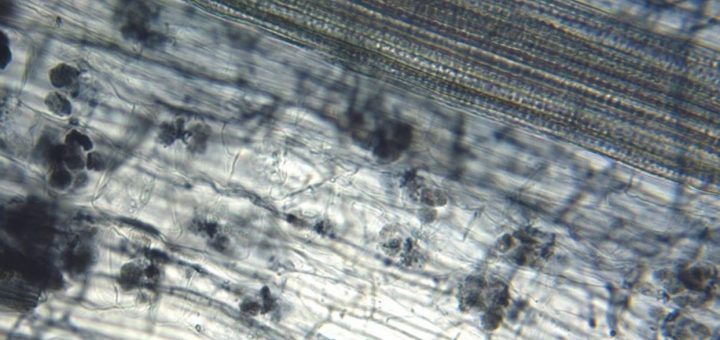






![#011: Characteristics of Kingdom Fungi [Archived]](https://www.fungusfactfriday.com/wp-content/themes/hueman/assets/front/img/thumb-small-empty.png)

